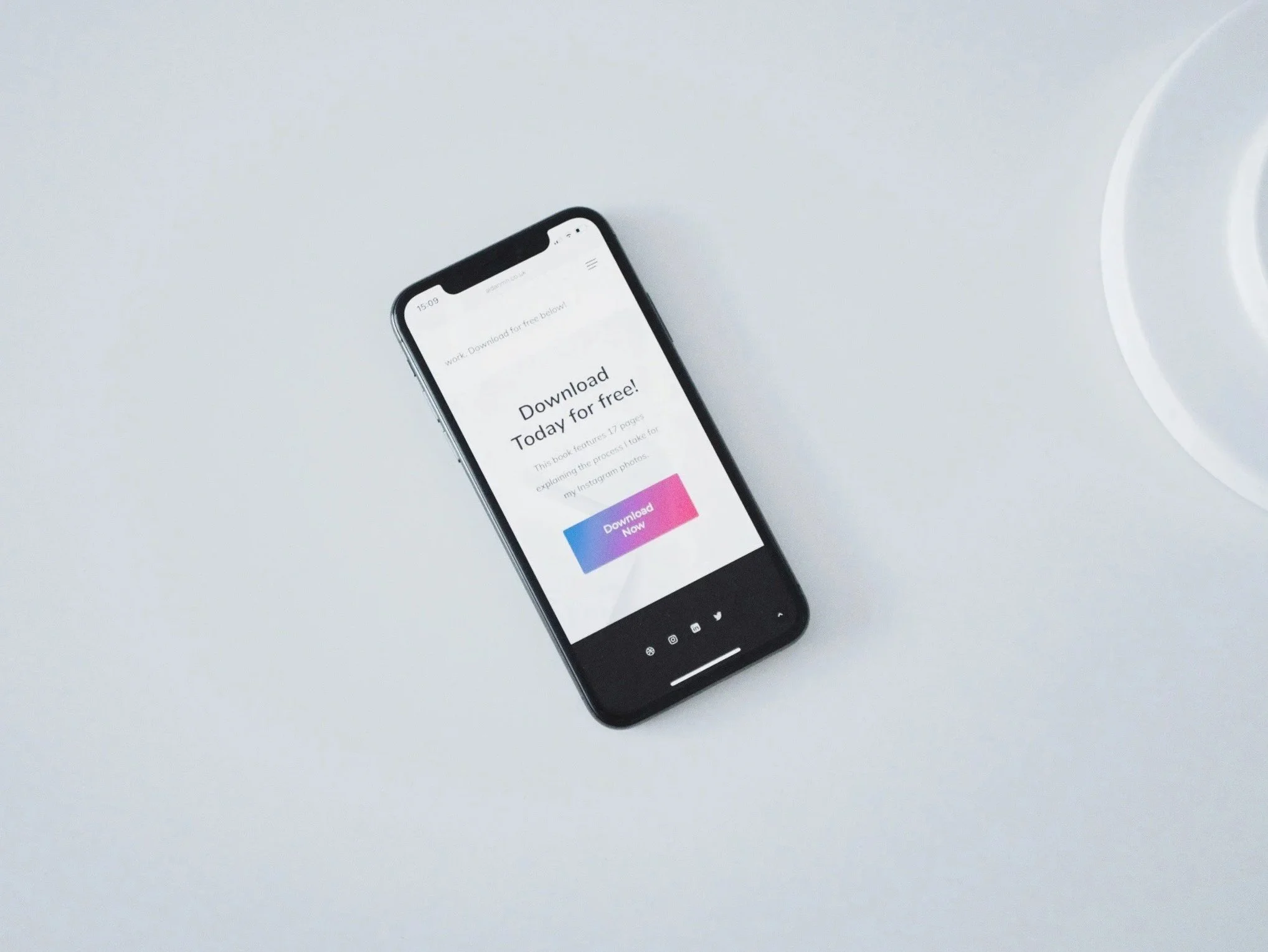Case Study
Case Study
BLOOM Credit Management
Project Prompt: Design a personal credit management app & responsive website to enable users to track and improve their credit scores.
Bonus: Also enable users to review and apply for new credit cards based on criteria such as lowest interest rate.
BLOOM CREDIT MANAGEMENT Lifecycle
Want to take a closer look?
You’ve seen the big picture… now let’s zoom in. Below, you can dive into each phase of the design process to explore how strategic thinking, research, and iteration came together to shape the final product. Click on any stage to uncover the details, decisions, and discoveries behind the work.
Empathize Phase
To understand the challenges users face when managing and improving their credit scores, I conducted in-depth interviews with 7 diverse individuals across various income levels and financial backgrounds.
These conversations uncovered key pain points such as confusion about credit score factors, limited trust in financial institutions, and difficulty understanding the credit scoring system overall.
In addition to my interviews, I researched the exact systems credit bureaus use for scoring individuals to help with app development. This combination of user research and secondary research helped catapult the design strategy.
Define Phase
In this stage of my project BLOOM Credit Management, I translated early research into actionable strategy by crafting a problem statement, hypothesis statement, and clear value propositions for the brand and app functionality.
These tools helped me zero in on the most pressing user pain points for each user persona so I could start to attack the biggest issue from which I found was the overall understanding of the credit scoring system. Users didn’t know where to start rebuilding credit, therefore felt stuck to make any real progress in terms of improving their financial health.
In addition to establishing BLOOM’s value propositions, I investigated and assessed user’s other options for improving their credit with competitive audits. I found a huge gap in the market for a full service educational system that updated credit scores in real time.
Ideate Phase
With the core problem clearly defined, I moved into the ideation phase ready to explore bold and user-centered solutions.
I aimed to strike a balance between clarity and trust required in many companies today. I used methods such as How Might We prompts, sketching, and idea clustering to generate range of concepts that addressed both practical and emotional user needs. Each idea was evaluated for feasibility, usability, and impact, ensuring it aligned with business goals while also delivering a meaningful user experience. This phase was about pushing creative boundaries with purpose and staying anchored to what users truly need.
Prototype Phase
The next step will be translating ideas into interactive prototypes to bring key concepts to life and test usability.
I plan to create low and mid-fidelity prototypes to explore layout, flow, and functionality before moving into high fidelity visuals. My goal is to give users something tangible to respond to. I’ll be using tools like Figma and Lottie to iterate quickly based on feedback and feasibility.
Test Phase
Once the prototype is ready, I will conduct usability testing to validate assumptions and uncover opportunities for improvement. This will include task-based user texting, feedback collection, and analysis of user behavior to ensure the design truly meets user needs.
My focus will be on identifying friction points, measuring user success, and refining the experience through evidence-based iteration.










